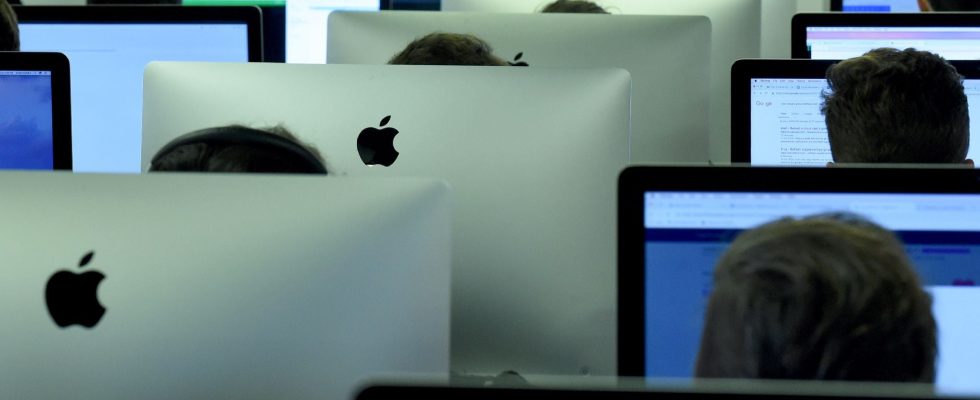It is said that he makes you forget time and your immediate environment. That it allows concentration as intense as it is pleasant. That it leads to unbeatable bursts of productivity. A moment of a few tens of minutes, or even a few hours, where everything seems fluid, logical and easy. Her name ? THE flow. A state – sometimes described as quasi-dissociative – in which one finds oneself entirely absorbed by a task. To the point that some people try at all costs to achieve it in order to increase their performance.
If the concept has emerged during the 1970s and remained linked to the sporting field for a long time, it has become popular in recent years, particularly through professional coaches and businesses, who are looking for commercial applications. It is also of interest to the world of research. But although numerous studies have been published on the subject, blind spots remain. “THE flow has been little studied from the point of view of brain activity, in particular because it is not so easy to induce such a mental state inside an MRI”, indicates Corentin Gonthier, professor of psychology at Nantes University, specialist in intelligence.
Sometimes contradictory results, little certainty
Some experiences (carried out using MRIs, electroencephalograms or questionnaires) nevertheless show that the brain activity observed during a state of flow is complex and occurs at several levels, even if there is not a brain area specifically dedicated to it. “It is believed that brain activity decreases in the ‘default mode’ network, that is to say the areas activated when we are not carrying out any particular task. This is why we would then fully engage in work precise, without thinking of anything else,” continues the researcher.
Studies, which sometimes contradict each other, also suggest that brain activity could either increase or decrease in areas linked to attentional control, which is the ability to regulate one’s cognitive activity for tasks that cannot be solved automatically and which involve complex operations (e.g. maintaining attention on a task while ignoring distractions). This could explain the increased attention we then pay to a specific task or, on the contrary, explain a sort of automatic piloting of the brain. In the event that the flow would be a form of attentional control entirely invested in the task to be accomplished, this would suggest that this process requires cerebral resources usually linked to the perception of time, hence the impression of not seeing the minutes pass.
Should you concentrate for five, ten or thirty minutes to trigger flow?
Apart from these few clues, no one knows precisely what happens inside the brain during flow. Although the sensations associated with the phenomenon are relatively well documented, we do not know exactly how or when it is triggered, or whether it requires concentration for five, ten or thirty minutes. Here again, the experiments that would need to be carried out to discover it turn out to be complex. “The main reason is that reaching this state undoubtedly depends on the people, but above all on the task,” underlines Corentin Gonthier. Then, it remains difficult for researchers to assert, by simple observation, if and when someone “enters into flow“, since it is a subjective state.
Respondents asked about the duration of the phenomenon could also tend to provide unreliable answers, since the flow goes hand in hand with a changed perception of time. Finally, ask someone to indicate when they enter a state of flow could interfere with the process, since it would distract their attention from the task.
Because it is one of the rare certainties: the flow does not trigger on command, nor in a few seconds. It requires concentration and full attention to the operation to be carried out, but also a pleasure in carrying it out, as well as clear objectives and a difficulty appropriate to the level of skill. Thus, regularly interrupting an activity will prevent the triggering of the flow. THE multitasking, which consists of frequently juggling between different actions – working, reading emails, checking email or social networks – probably represents the worst enemy of flow… And “ideal productivity”.
.
